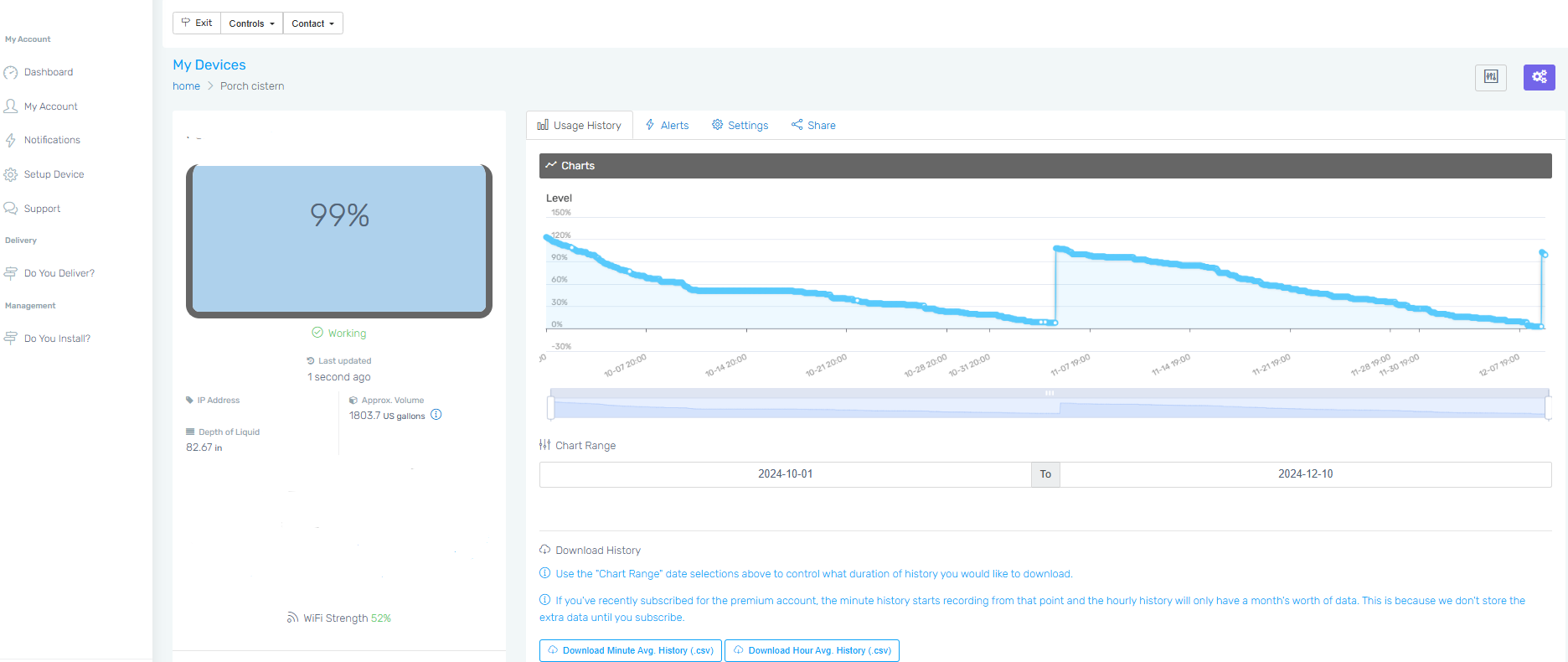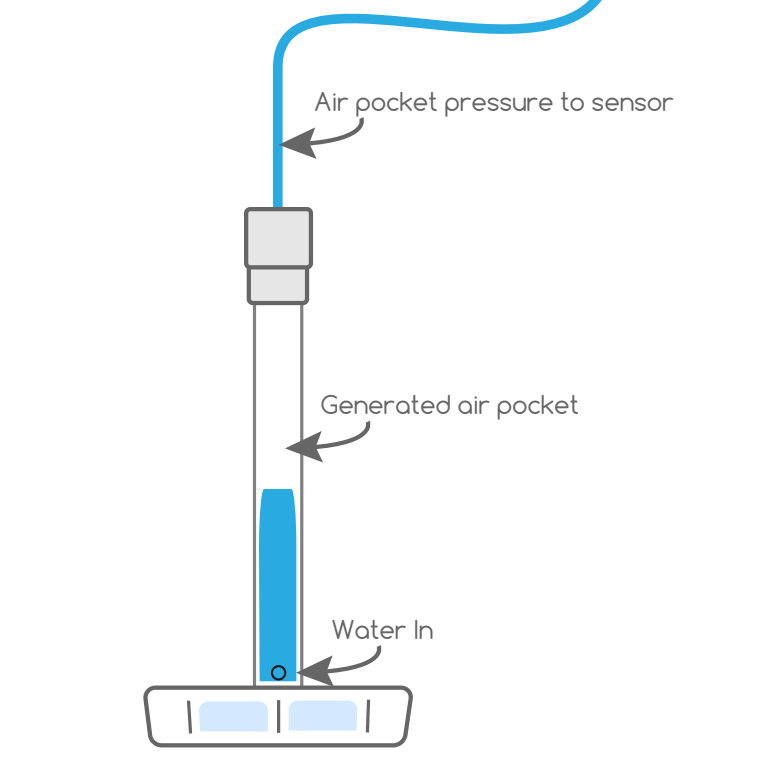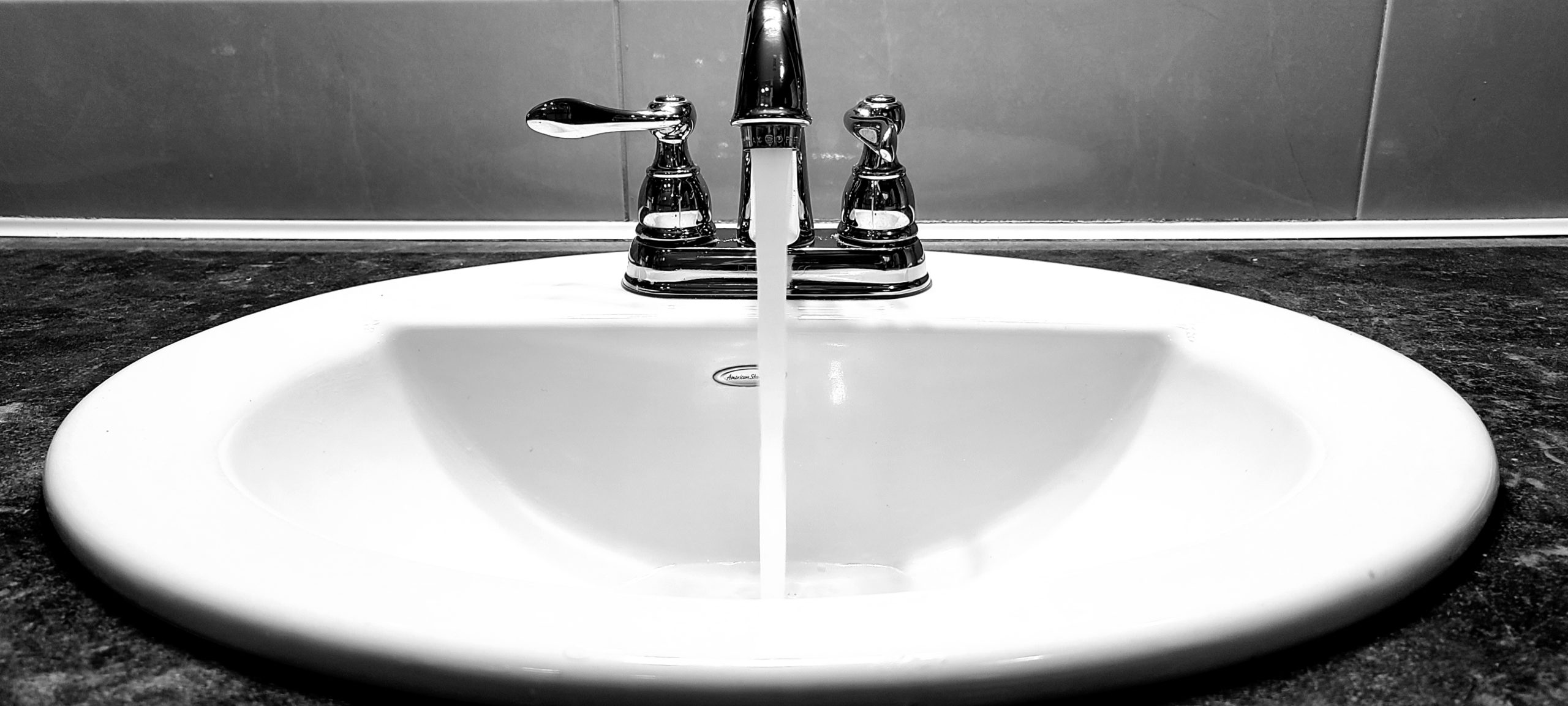Rising Bulk Water Prices: How to Save Money with Smart Monitoring
The Rising Cost of Bulk Water
Across North America, homeowners, farms, and businesses are noticing higher bulk water prices. Municipalities are adjusting rates upward to cover increased operating costs, while private haulers charge premiums during high-demand periods. For anyone relying on cisterns or bulk water deliveries, these price changes can add up quickly.
How Heat Waves Drive Up Water Demand
During prolonged hot spells, two things happen at once:
Water Supply Drops
Rivers, reservoirs, and wells run lower during drought and heat events.
Water Demand Spikes
Families, farms, and businesses use more water for cooling, livestock, irrigation, and daily needs.
This combination creates pressure on systems and increases heat wave water demand. The result? Scarcity pricing, emergency hauling fees, and even water shortages in some communities.
Why Water Hauling Costs More in Summer
When demand outpaces supply:
– bulk water haulers raise rates to cover extra trips and longer hauls
– municipalities increase wholesale fees to manage treatment and delivery costs
– emergency fills cost more than planned deliveries (sometimes double!)
If you rely on a cistern, the risk isn’t just running dry… it’s paying inflated costs for last-minute emergency water deliveries.
Saving Money on Bulk Water Deliveries with Smart Planning
The good news: water customers can fight back against rising costs. The key is knowing exactly when your cistern or tank needs a refill. Instead of guessing or waiting until you run out, smart monitoring gives you control.
The PTLevel liquid level monitoring system is designed to help you:
– track water levels in real time (the Wired WiFi PTLevel reports in about once every 2 minutes, the Long Range Wireless PTLevel can report in as frequently as every 4 minutes)
– check your cistern level from your phone, computer or tablet
– order water only when you need it. Historical usage data and graphs help schedule deliveries at the most cost-effective times.
– share your water level with your delivery driver. Let your local delivery company see your water level, set them up to receive low level alerts, so they can plan efficient routes and keep your emergency deliveries fee costs down.
By eliminating guesswork, the PTLevel helps families, farms, and property managers start saving money on bulk water deliveries and keep cisterns topped up at the right time.

Saving Money on Cisterns with Long-Term Monitoring
Beyond delivery savings, cistern level monitoring with the PTLevel helps protect your cistern investment:
– identify leaks or unusual consumption early with alerts
– track seasonal trends to manage water budgets
prevent costly water shortages at rental properties and airbnb’s, cottages, and farms
Installing a PTLevel is a simple way to make your cistern more efficient and ensure you’re saving money on cisterns year after year.
Final Thoughts: Peace of Mind During Heat Waves and Year-Round
Water is becoming more expensive, and climate-driven heat wave water demand will keep pushing costs higher. For homeowners, farms, and property managers, waiting until you’re out of water is becoming unaffordable.
With PTLevel, you gain peace of mind and practical savings. By monitoring your cistern in real time, you avoid emergencies, reduce costs, and keep your water supply secure… no matter how hot the summer gets.




















